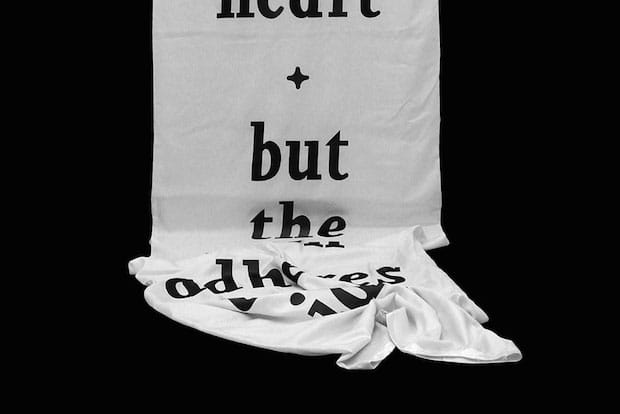A recent Brighton graduate, this week’s Talent has an expertly crafted type-revival project under his belt alongside a range of very professionally realised print projects.
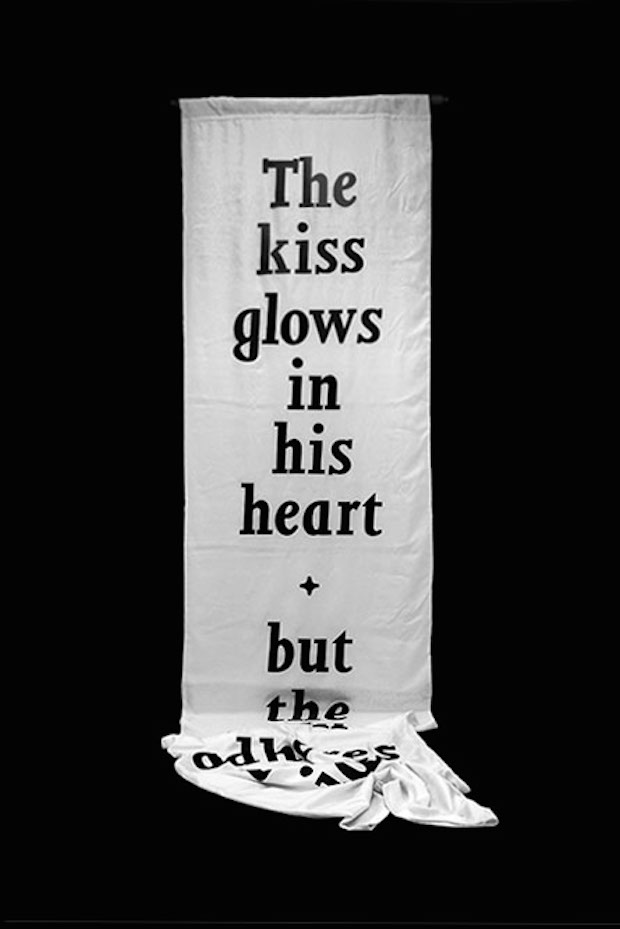
How would you describe your practice?
In the absence of either a decided working method or medium, I would say a high appreciation of craft and sincerity in working practice are values I admire in others and also aspire to myself. Beyond that I’ve come to appreciate more and more the relationships built with peers and tutors. Working through a brief, especially in the final year of university, can feel immensely pressured. Conversations in the studio or while working collaboratively makes that process easier, even sometimes enjoyable!
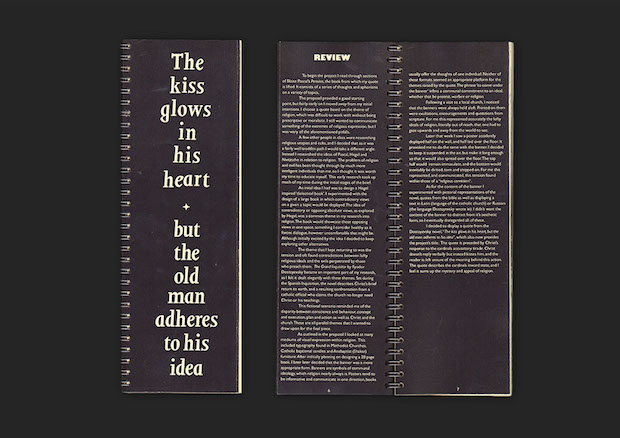
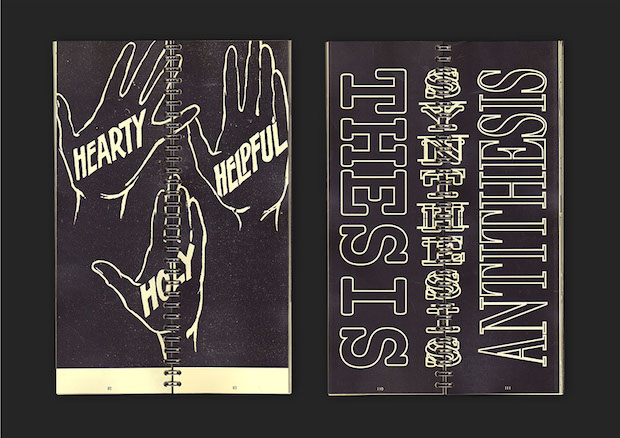
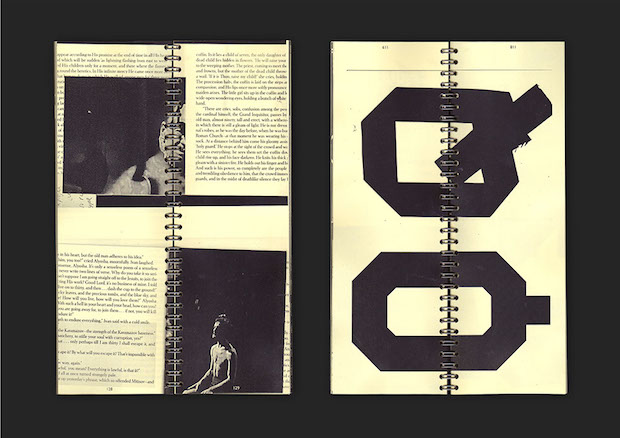
You have a creative and playful approach to typography, was this something fostered on the graphic design course at Brighton?
Yes, in the sense that a precedent for that approach had been set by previous students. Naturally you chose a course with which you have an affinity; for me it was graduates like Rob Matthews and Edd Harrington who affected that. In a way you naturally want to follow in their footsteps. In my experience the tutors didn’t push a particular approach to the discipline, but instead fostered our individual interests.
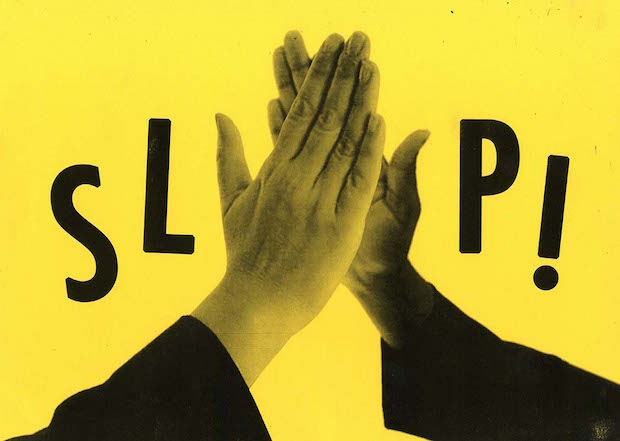
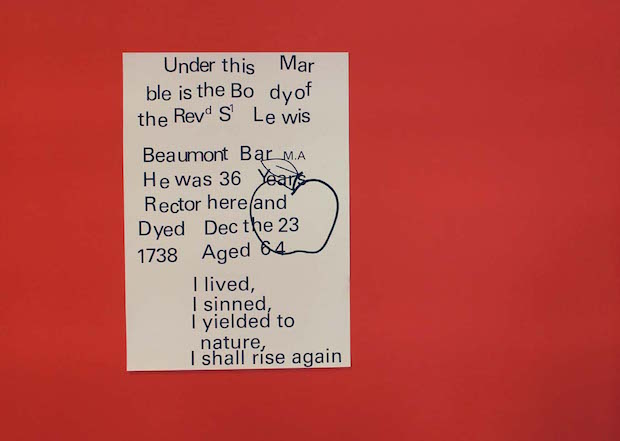
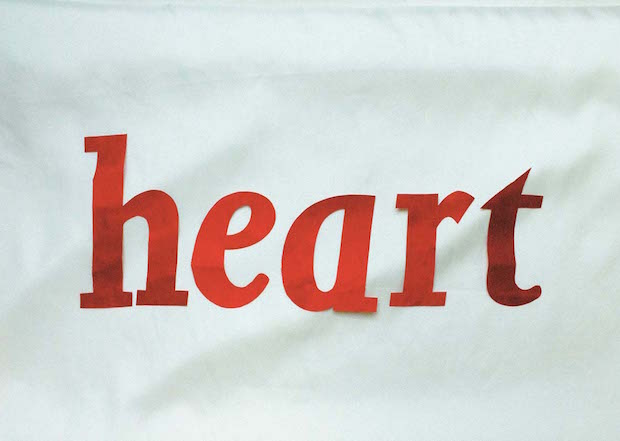
Tell us a bit about a designer or artist who has been an important source of inspiration to you throughout your degree.
Like most designers my age, exhaustively following design blogs formed a big part of my education. Perhaps because of that an important source of inspiration has been the friendships I’ve formed in class. Unless you have a good relationship with a designer, It can be hard to get beyond an understanding of their which is along the lines of “oh that’s nice”. Although I would contend that one can learn a lot simply by being a keen observer.
I’ve been lucky enough to study alongside some incredibly talented individuals. Whether it’s their intuition, attention to detail, diligence or confidence, I’ve been continually impressed by my peers. It’s a lot easier to embody those things yourself when you see it up close.
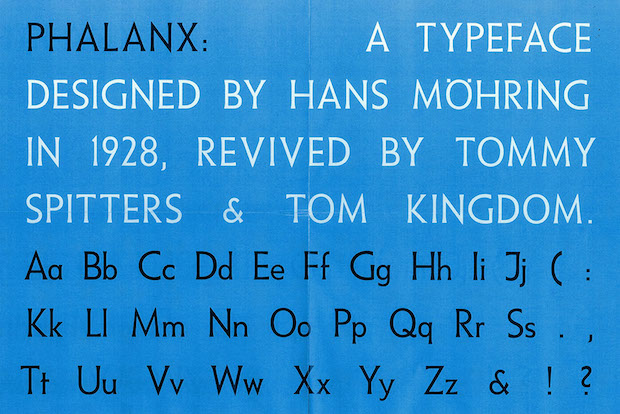
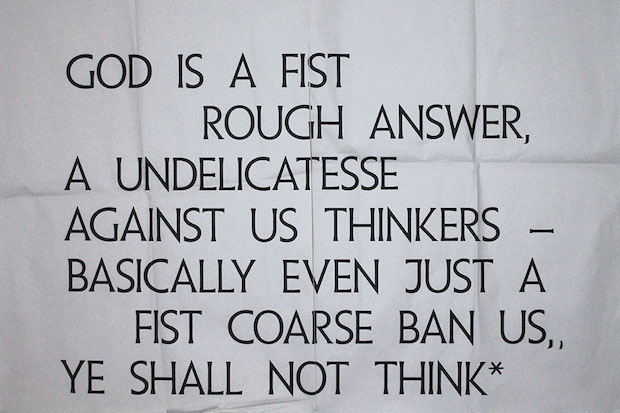
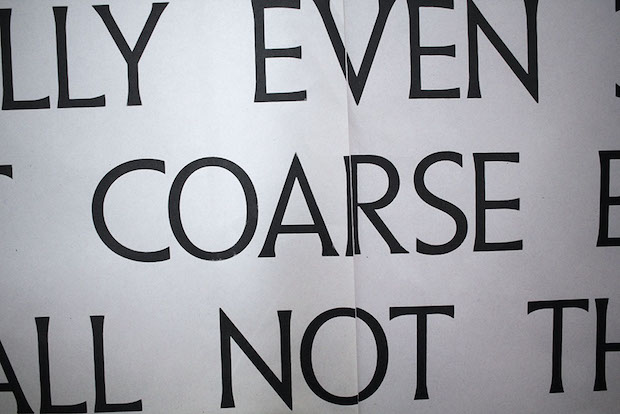
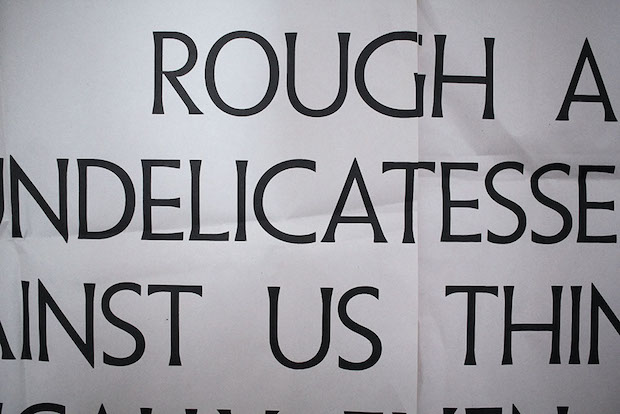
You revived a typeface called Phalanx, could you tell us a bit about how this came about and the process of doing it.
During second year I spotted Phalanx in The Encyclopaedia of Typefaces and, on the advice of my then tutor Rose Gridneff, took a trip to St. Brides to hunt down the specimen. I returned to the project in my final year and begun working alongside Tommy Spitters and Maria Geals to revive the typeface.
In truth the idea of committing to a time consuming task that required attention and care was probably more of a motivation than any personal interest in typeface revival. The self-aggrandisement of always working from and for myself at university felt difficult at times, I think working on Phalanx was an attempt to step away from that.
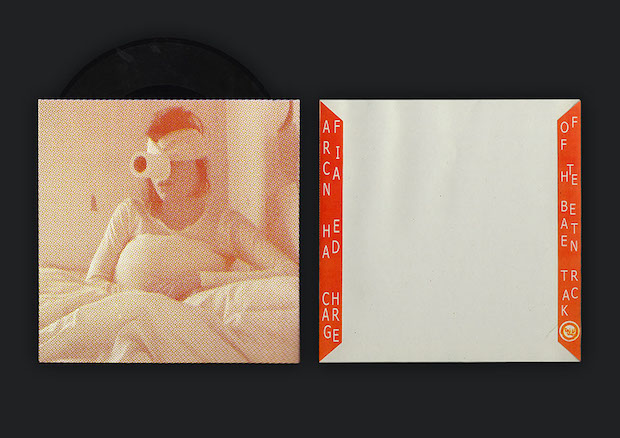
What are you working on now and what's next?
Currently I’m enjoying the good weather in Brighton; BBQ’s and long days on the beach seem to take up most of my time.
At the end of summer I hope to move to Munich, currently I’m applying for internships there and in a few other German-speaking cities.
tomkingdom.com

